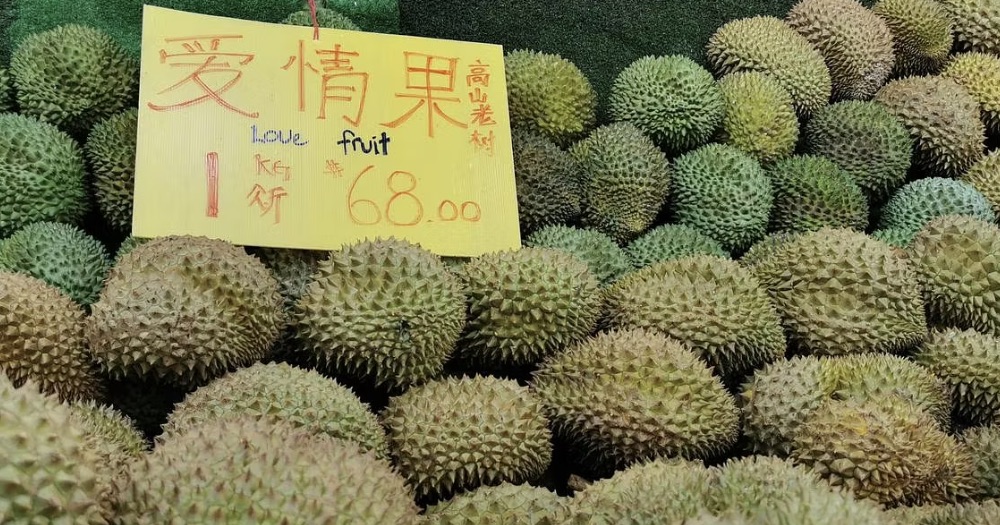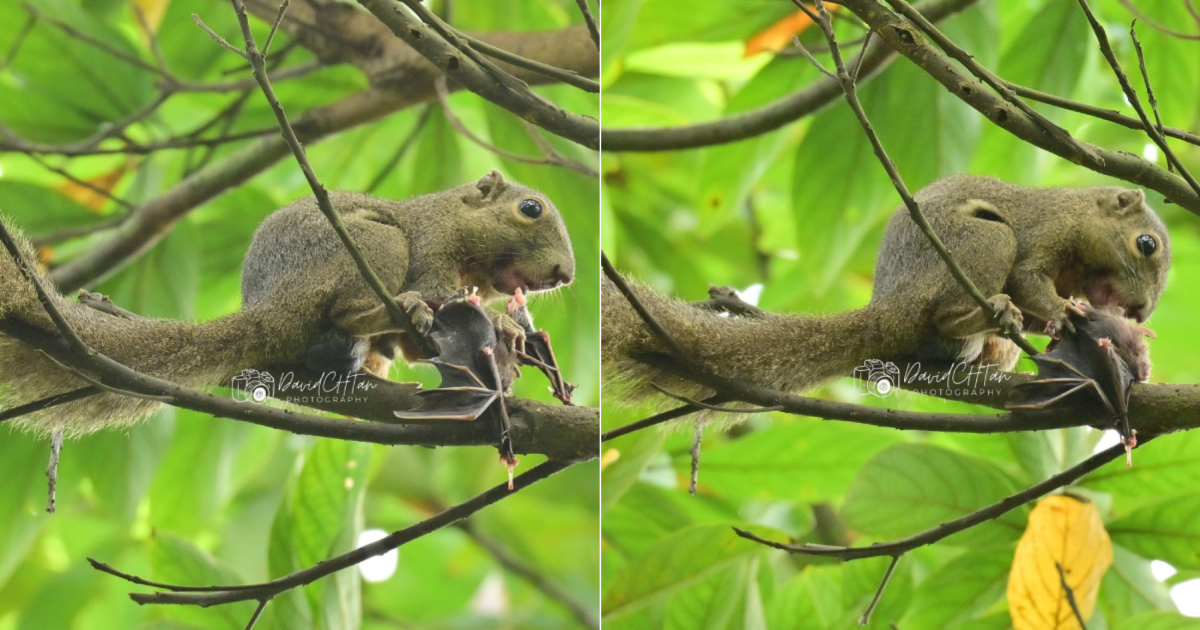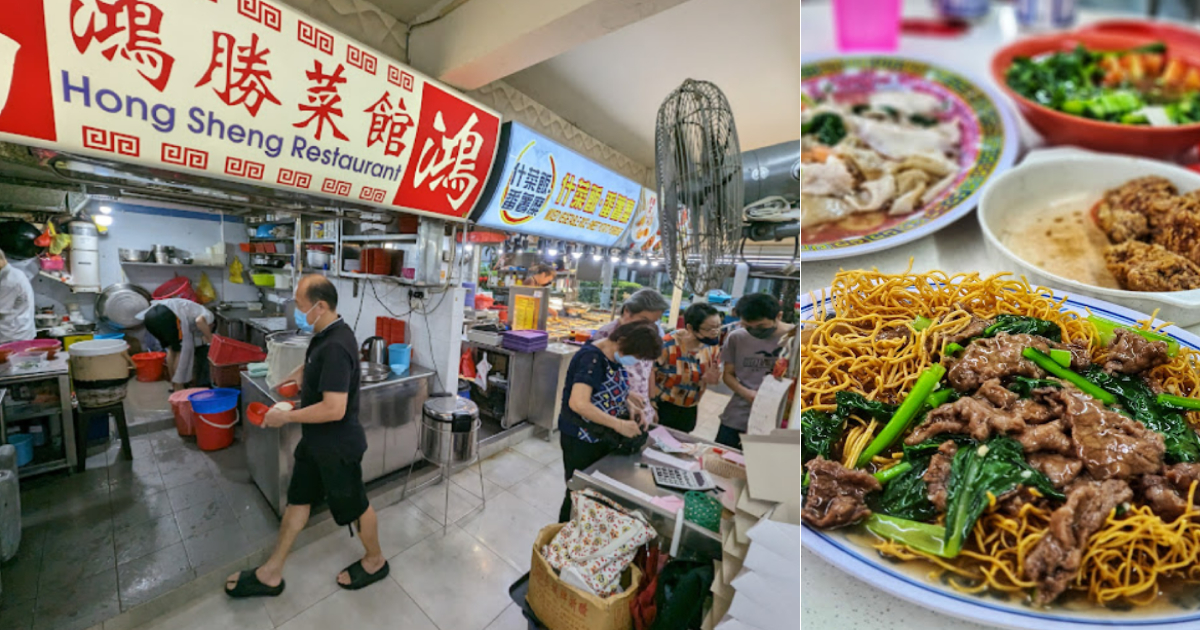S'pore vendors selling Thai durians as 'off-season M'sian Mao Shan Wang': Other vendors
Be wary of what you're paying for.

A word of caution for all durian lovers.
As the Malaysian durian season ends, some vendors say the majority of durians currently on the market are likely Thai durians, with a small number coming from the Philippines.
There are very few authentic Mao Shan Wang durians from Malaysia on the market, reported Lianhe Zaobao.
Many durian stalls on Geylang Road and Sims Avenue purportedly sell famous Malaysian varieties such as Mao Shan Wang and Black Thorn at high prices.
According to the Zaobao reporter, as of end-September, the "branded" durians, purportedly from Malaysia, were still going for a minimum of S$32 per kg and as high as S$68 per kg for varieties like "Celestial Fruit" and "Love Fruit".
Thai durians typically go for much less.
Off-season durians are likely from other countries
Malaysian durian season comes twice a year.
This year, the mid-year season came early, from May to late September.
The next season will be from mid-November to mid-February.
However, the local durian market is open all year round.
People in the industry told Zaobao that the vendors typically import the fruit from Thailand and the Philippines.
Thai durians are grown from the south to the north of the country, and are in season from March to the end-October.
Filipino durians are in season from early October to the end of November.
As many people in Singapore are used to the taste of Malaysian durians, they are less receptive to those from Thailand and the Philippines.
To boost sales, sellers often falsely claim that their durians from other countries are from Malaysia, according to Zaobao's sources.
Tourists, who are less knowledgeable about durian varieties, also fall for such false advertising.
Gimmicks to boost sales
A Lianhe Zaobao reporter visited durian stalls along Geylang Road and Sims Avenue at the end of September. Several stall assistants insisted they were not selling Thai durians.
"If you want to eat Thai durian, go to Thailand," one seller quipped.
However, another vendor admitted that Malaysian durians were almost out of stock, so they had to sell Thai durians.
The vendor claimed that he would "proactively" tell customers that the durians were "not authentic" or that they were harvested in areas such as Kelantan or Ipoh instead of traditional harvesting areas like Pahang or Johor.
Zhang (transliteration), 38, a durian seller, claimed to have their own orchard, which supplies enough fruit to last till Chinese New Year.
However, during the off-season, supply has dwindled from one ton to around 50 kilogrammes daily, or around 20 durians a day — and it was not enough for them to supply other vendors.
Due to limited supply, the price of durians has also risen from S$18 a kilogram to S$28.
A durian supplier, Chen (transliteration), 53, said he currently does not have any supply of Mao Shan Wang.
The durian he supplies to supermarkets is known as "Wang Zhong Wang", which is different from Mao Shan Wang.
He said that it sounded like Mao Shan Wang, so customers were more willing to buy.
"But if it is not a Mao Shan Wang, you shouldn't call it Mao Shan Wang," he said.
Top photo via Lianhe Zaobao
MORE STORIES



















